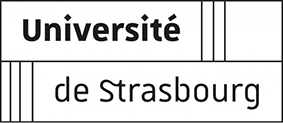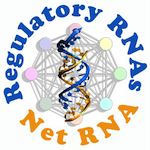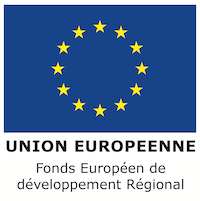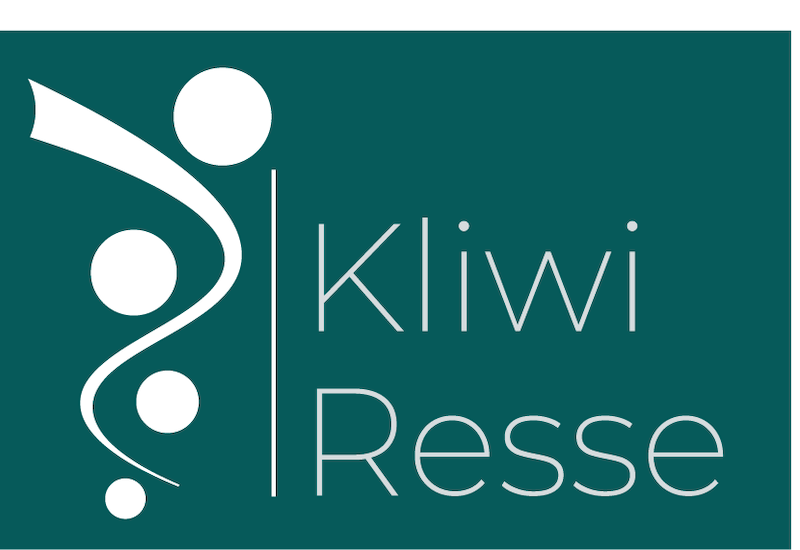Stras RNA Salon Mini Symposium
09:00 – 09:05 Manfred HEINLEIN | IBMP | CNRS – Université de Strasbourg | France
09:05 – 10:00 Emmanuelle BAYER | Laboratoire de Biogenèse Membranaire | CNRS – Université de Bordeaux | France
Controlling plant cell-to-cell communication through plasmodesmata membrane contacts
Abstract : Remarkably and unlike other eukaryotic cell junctions, plasmodesmata (PD) establish both membrane and cytoplasmic continuity throughout the plant body. Within the PD pores, the plasma membrane (PM) and the endoplasmic reticulum (ER) come to remarkably close contact being tethered together by protein linkers. Both the ER and PM membrane domains lining PD are highly specialised and contain a specific set of proteins and lipids that are critical for proper function. Inherent to their structure, PD constitute a specialised type of membrane contact site dedicated to intercellular communication. According to current models, modulation in the gap between the ER and the PM defines the space available for molecular trafficking, governing the size exclusion limit of the pores. However, how PD are built and organised within the narrow space between the ER and the PM, and how ER-PM tethering affects cell-to-cell trafficking remains little understood. Our group investigates the question of how PD-mediated cell-to-cell communication benefits from organelle tethering. We integrate modelling methods and super- resolution 3D imaging into molecular cell biology of plant cell-to-cell communication with the aim of 1) identifying the mechanisms of PD membrane-tethering at the molecular level, 2) elucidating the dynamics and 3D architecture of ER-PM contact sites at PD 3) uncovering the function of ER-PM apposition for plant intercellular communication.
10:00 – 10:15 Pause Café
10:20 – 11:15 Julia KEHR | Molekulare Pflanzengenetik| Universität Hambourg | Deutschland
Connecting (t)issues – The roles of RNAs and RNA binding proteins in long-distance signaling
Abstract: There is now a wealth of data demonstrating that RNAs can be transported over long distances from the cell where they are transcribed to distal cells in other tissues. Different types of RNA molecules are transported, including microRNAs and messenger RNAs. Whether these RNAs are selected for transport and if so, how they are selected and how RNA binding proteins are involved in translocation remain open questions. Also the biological functions and relevance of systemic RNA transport is in most cases still unclear. In the seminar, I will summarize the current knowledge on mobile RNAs and RNA binding proteins, and discuss evidence for transport selectivity and their involvement in long-distance signaling.















